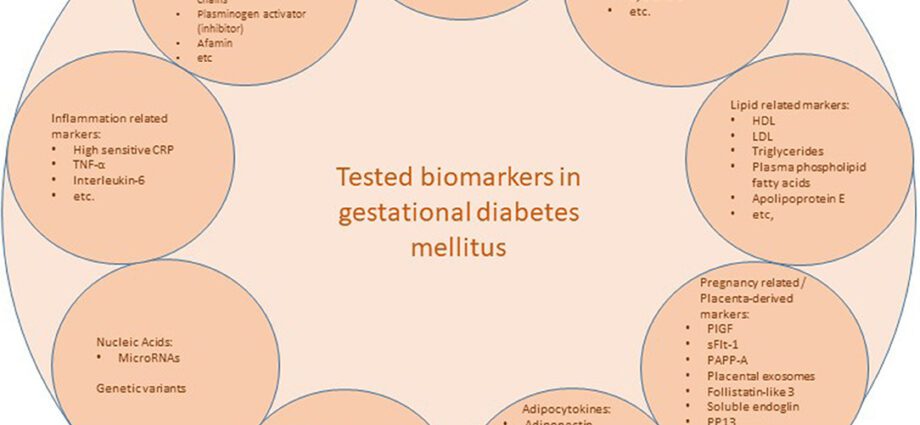содржина
For or against targeted screening for gestational diabetes
During pregnancy, some women may be found to have gestational diabetes. The World Health Organization (WHO) defines this disease as “a disorder of carbohydrate tolerance leading to hyperglycemia of varying severity, onset or first diagnosed during pregnancy. »Under current screening conditions, between 2 and 6% of pregnant women would be affected, but this proportion can be much higher in some populations. In general, the current trend is towards increasing prevalence. The main risk factors are: overweight, age, ethnicity, first degree family history of diabetes, obstetric history of gestational diabetes or macrosomia, polycystic ovary syndrome. Gestational diabetes can cause complications in both mother and child. It is associated with a increased risk of preeclampsia Царски рез. On the baby side, the macrosomie (birth weight over 4kg) is the main demonstrated neonatal consequence of gestational diabetes.
Gestational diabetes: the choice of targeted screening
For her first child, Elisabeth remembers having screened for gestational diabetes, but this time for the second, her gynecologist told her that it is no longer necessary. Obviously, she is not reassured: “what if we miss it and it turns out that I have diabetes?” », She worries. Between the compulsory pregnancy exams, those strongly recommended and finally those which are no longer useful, it is sometimes difficult to navigate. Regarding screening for gestational diabetes, new recommendations were put in place in 2011. Until then, all pregnant women had to be screened in the 2nd trimester, between the 24th and 28th week of amenorrhea. This exam, called Oral-induced hyperglycemia (OGTT), consists of fasting blood glucose at 1 hour and 2 hours after ingestion of 70 g of glucose. Now, this test is only prescribed for future mothers say at risk. It is said that screening is targeted. Are concerned: women over 35, those with a BMI greater than or equal to 25, a family history of 1st degree diabetes, gestational diabetes during a previous pregnancy, a child whose birth weight is greater than 4 kg (macrosomia). At the same time, hyperglycemia thresholds were lowered, which consequently increased the prevalence of diabetes rate.
No proven danger in the absence of risk factors
When we know the perinatal complications (macrosomia, eclampsia, etc.) linked specifically to gestational diabetes, we may wonder why systematic screening was abandoned. “We have no scientific arguments that can justify the management of gestational diabetes in women who have no risk factors”, explains Professor Philippe Deruelle, gynecologist-obstetrician at the CHRU Lille. In other words, there is no evidence that gestational diabetes discovered in an average mother-to-be has the same degree of severity as in a woman at risk. ” It is when the factors are combined that the consequences are potentially serious », Continues the specialist. In addition, it is always possible to offer this test in a second step, in particular at the time of the 7th month during the third ultrasound. In fact, many gynecologists continue to prescribe the OGTT to all pregnant women, out of precaution rather than suspicion.










